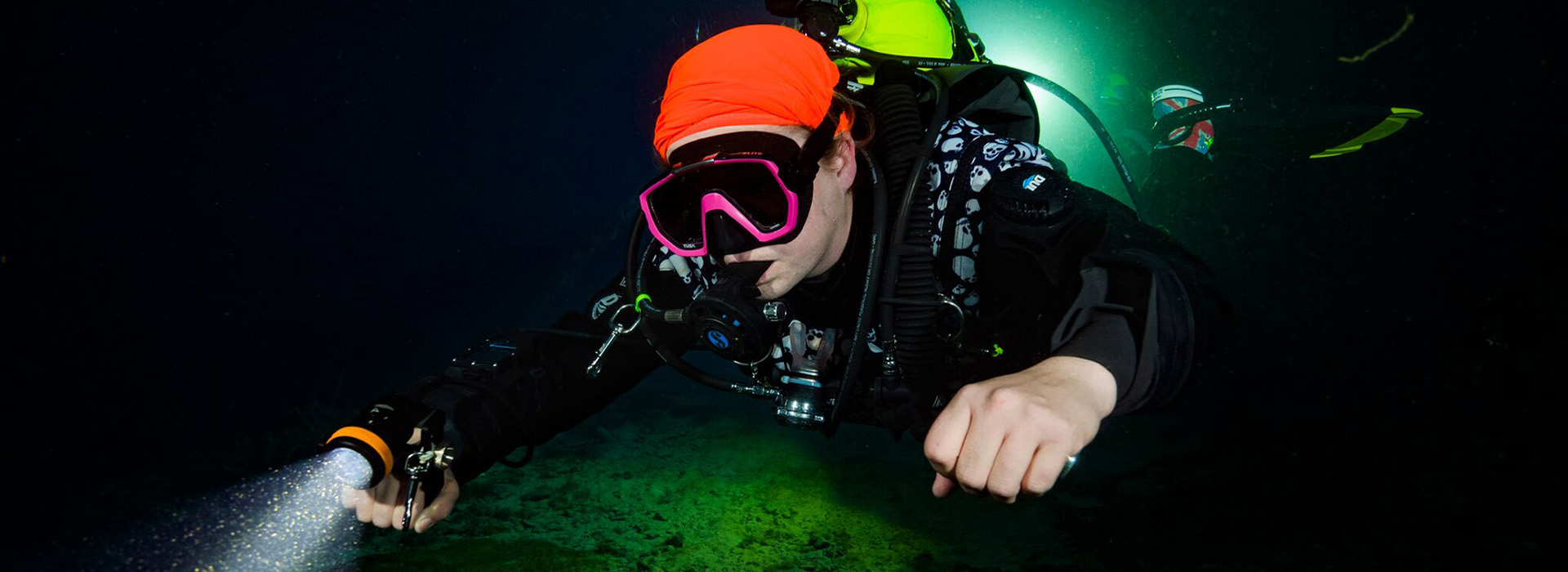Top Tips for Drift Diving
by Divemagazine
Media Reports
Drift diving is, for many divers, their favourite form of diving. Jump in, float along and let the ocean do all the work for you. No need to worry about where you left the boat, when you run low on air you can surface and the boat will be waiting for you. In ideal circumstances, that would be the perfect drift dive, but very often, circumstances are not ideal. With the full force of the ocean directing your progress, the currents can push you into places you really don’t want to be. Fortunately, some basic tips, preparation and good diving practice can help prevent most unnecessary drift diving problems.
Dive at the right time
By and large, currents are driven by two factors: tidal movement and the wind. In many locations, diving at the wrong time of tide can be unpleasant at best, and extremely dangerous at worst.
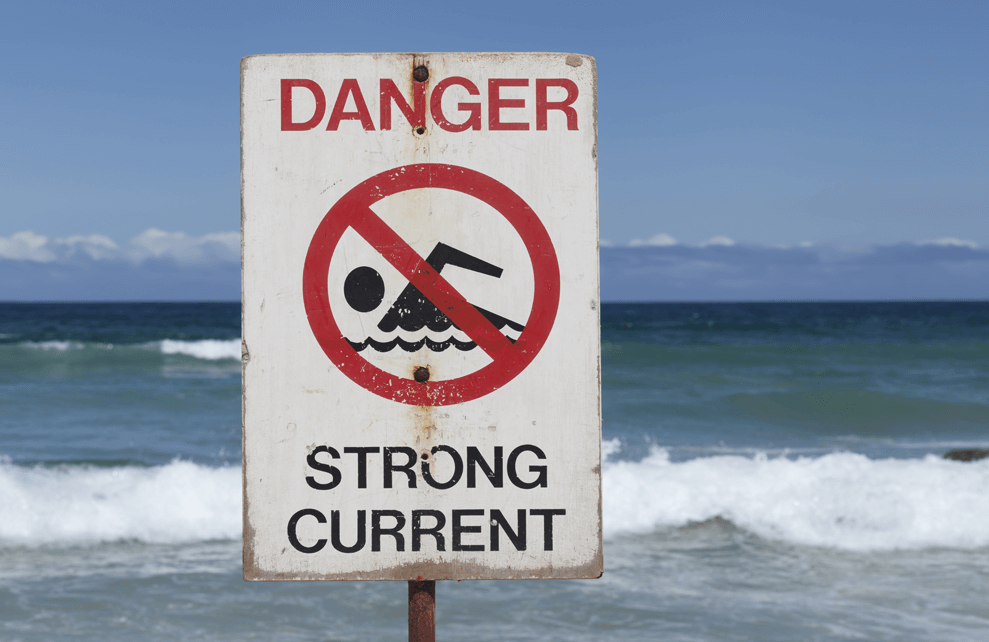
Stay close to the reef
Staying within a metre of the reef or bottom, where the current breaks up due to turbulence as it hits whatever’s in the way, will reduce the effect the water has on your body. Being too far off the reef means you may end up travelling much faster than other members of your team, and you run the risk of being pushed out to sea, or affected by the dreaded ‘down-current’
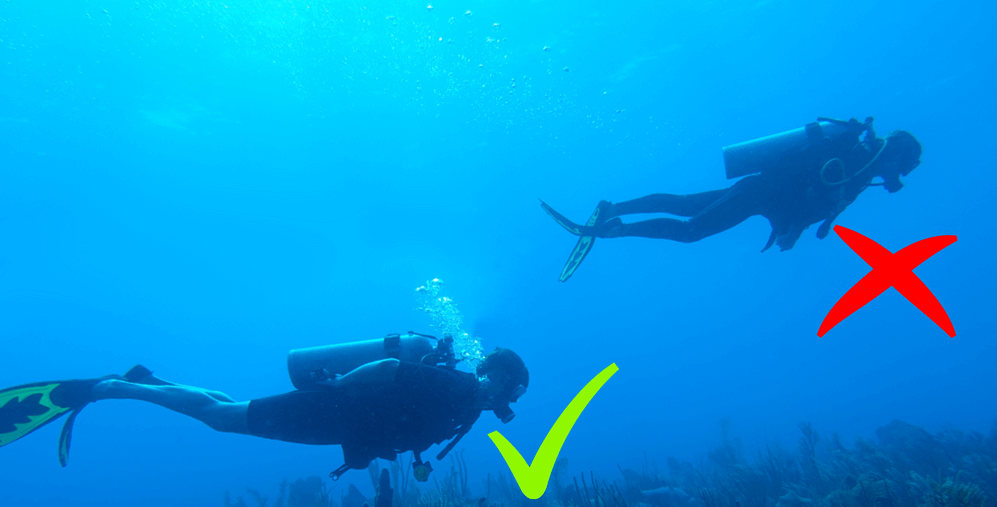
Streamlining
The larger the surface area you present to the current, the more it will act on your body. If you swim upright, you will get pushed with a much greater force than you would if you are in a horizontal position, parallel to the reef or bottom.
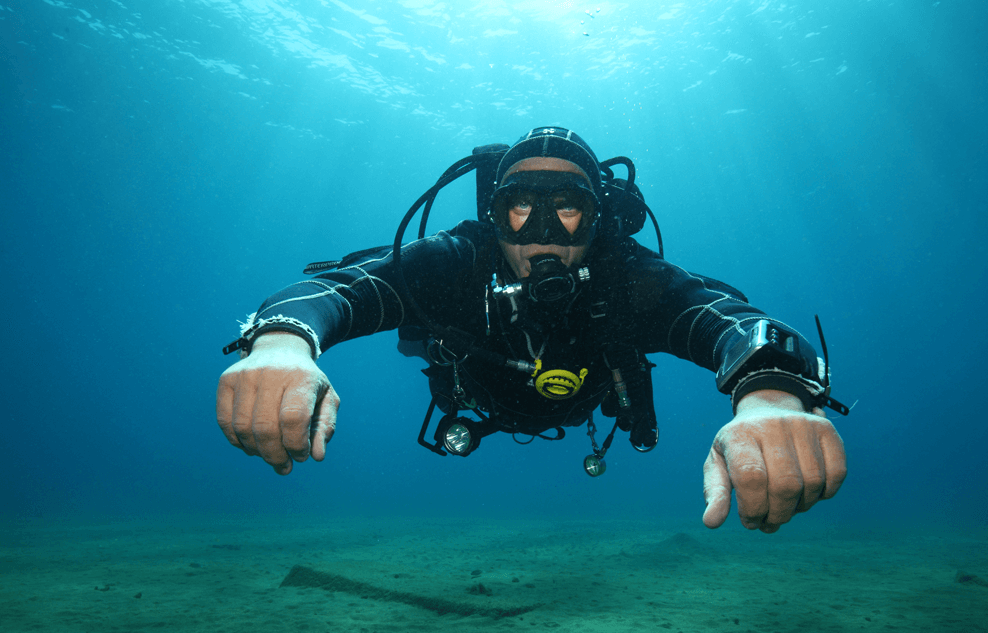
Correct Weighting
Overweighting is never good, but it can cause extra problems in a current
If you’re overweighted, you will need more air in your jacket, which means your jacket will present a larger surface area to the current, and your legs may be dragged down, which means you will find it difficult to remain horizontal. Correct weighting is important for all diving, but not a lot of people realise how overweighting can affect you in a current.
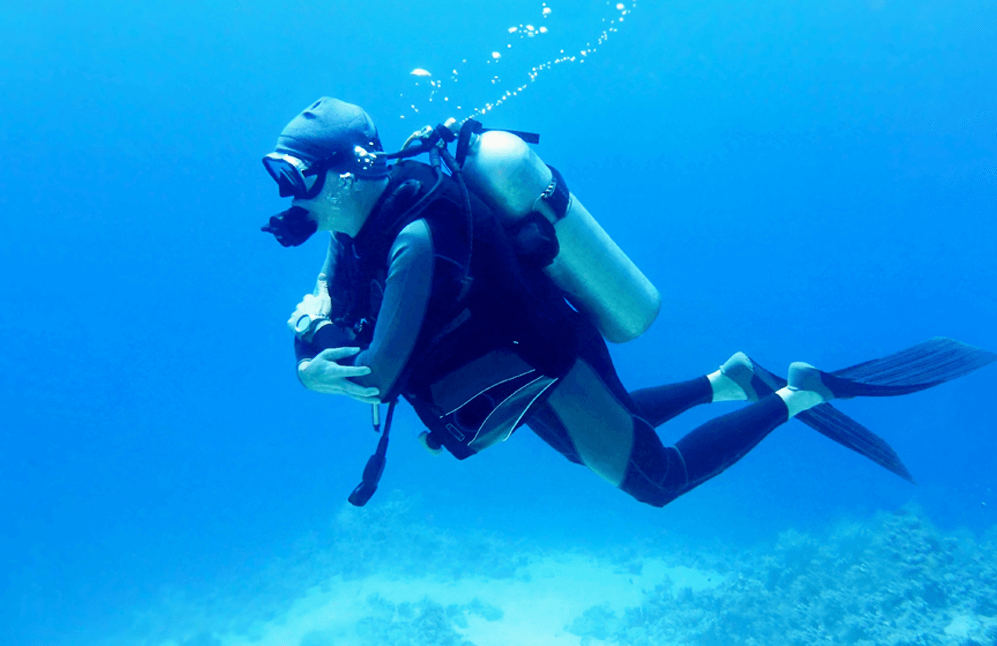
Buddy contact
Staying close to your buddy at all times, and keeping the rest of the team close by is standard diving practice, but if one buddy is more affected by the current than the other, then separation can happen very easily and very rapidly. In a strong current, especially if the visibility is poor, you can lose sight of your dive team within a matter of seconds.
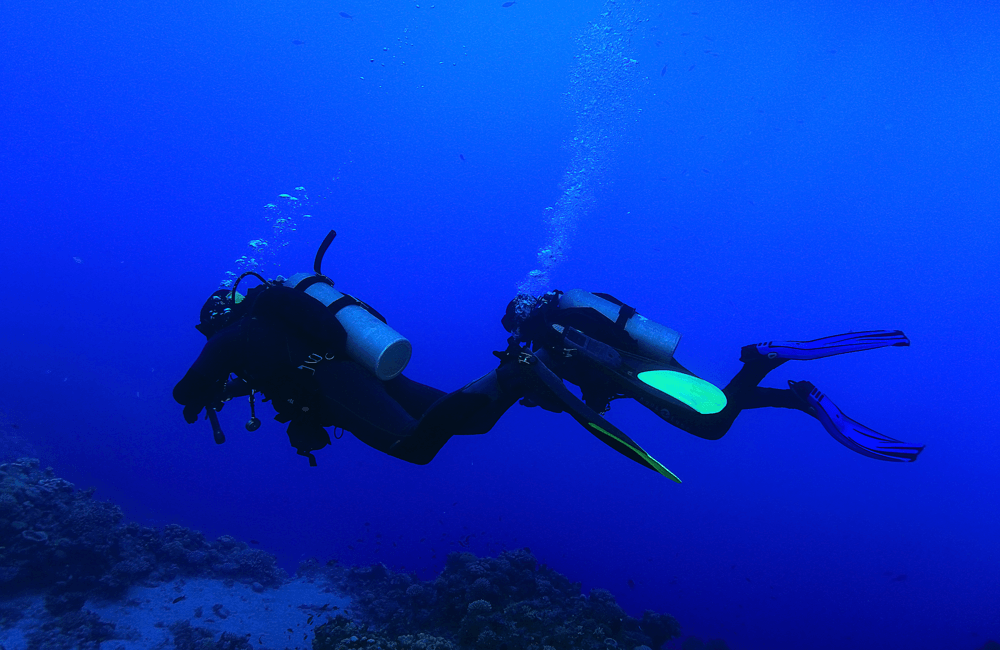
Observation
Underwater plant and animal life are strong indicators of changing currents
Keep your eyes peeled. A split in the current often brings with it a different water temperature and you can see the shimmer of the thermocline. If all the fish in front of you are swimming as hard as they can in a different direction to the one in which you’re travelling, there might be a change in current ahead.
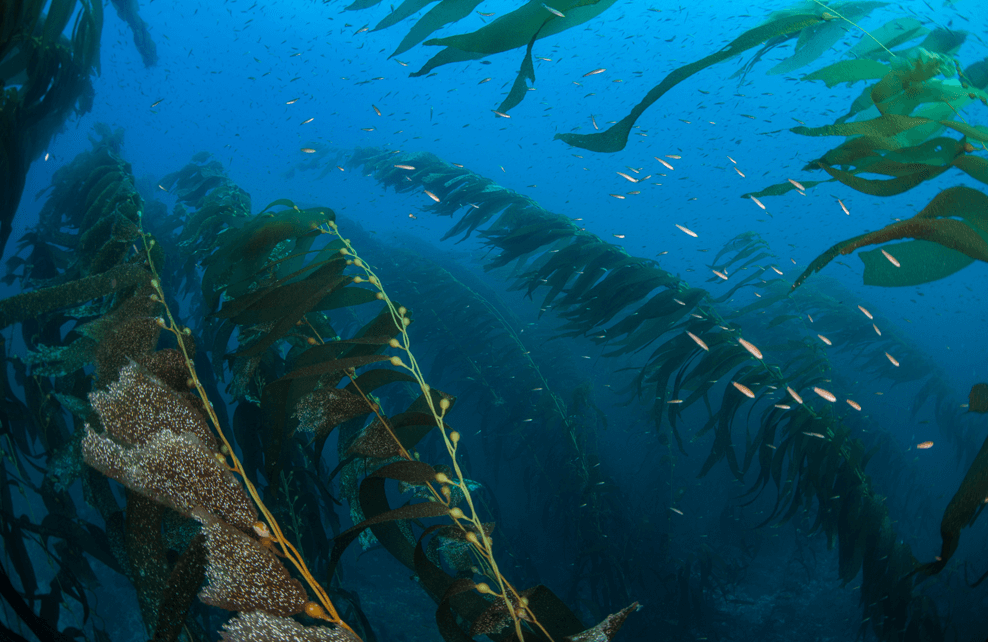
Don’t fight the current
If you have to swim against the current, stay as low and as horizontal as possible, but don’t overexert yourself. In mild currents, a lazy fin kick will keep you stationary, but if the current picks up, you will end up swimming backwards. If you’re being pushed off the reef, swim at right angles to the current to return. Don’t fight the ocean, you will lose!
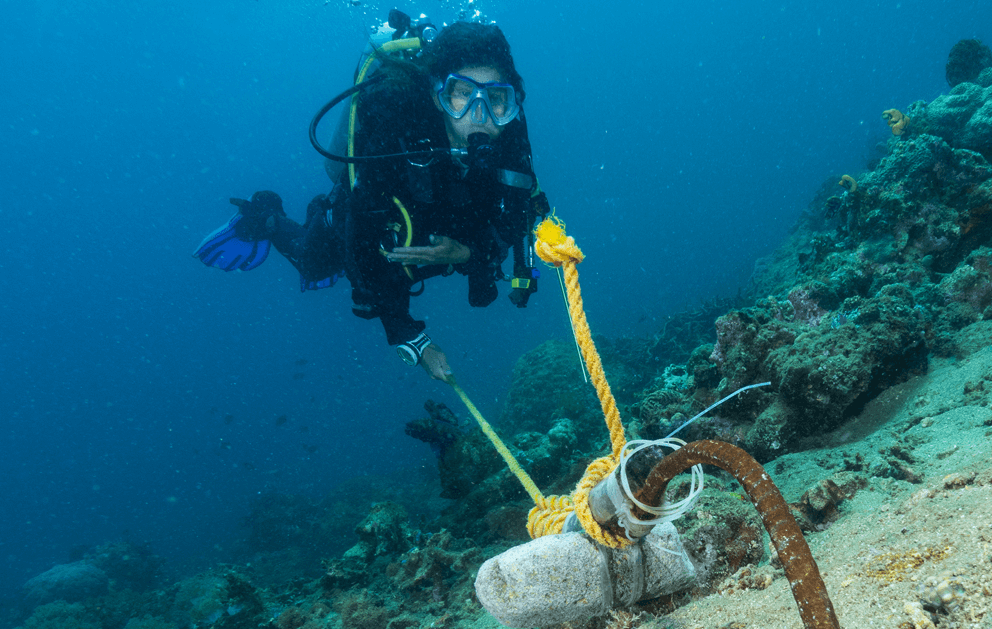
Enjoy yourself
When conditions are right, drift diving is awesome. Sit back, relax and let the ocean take you on tour
